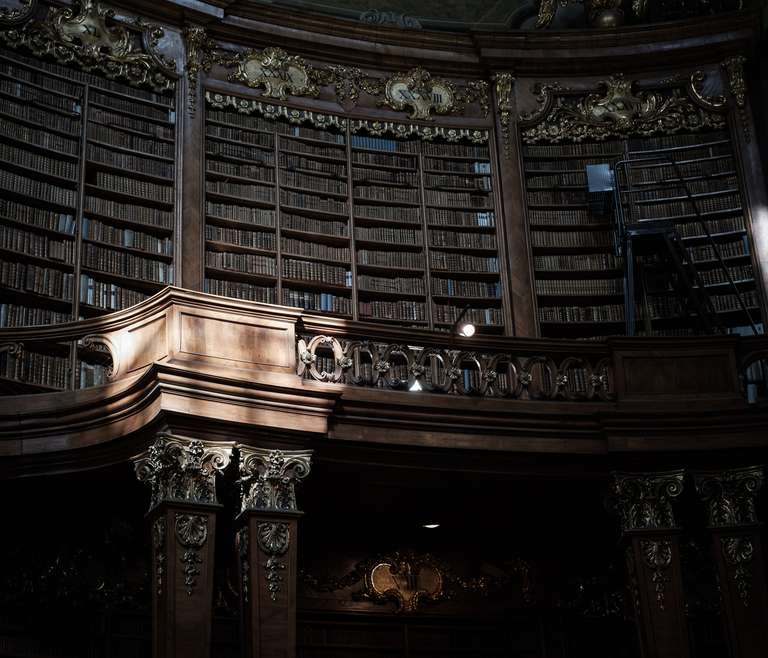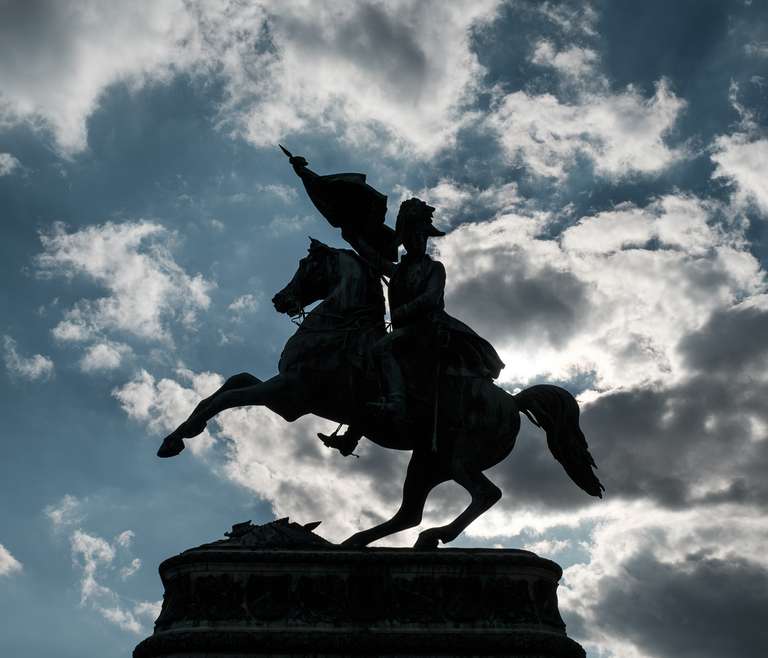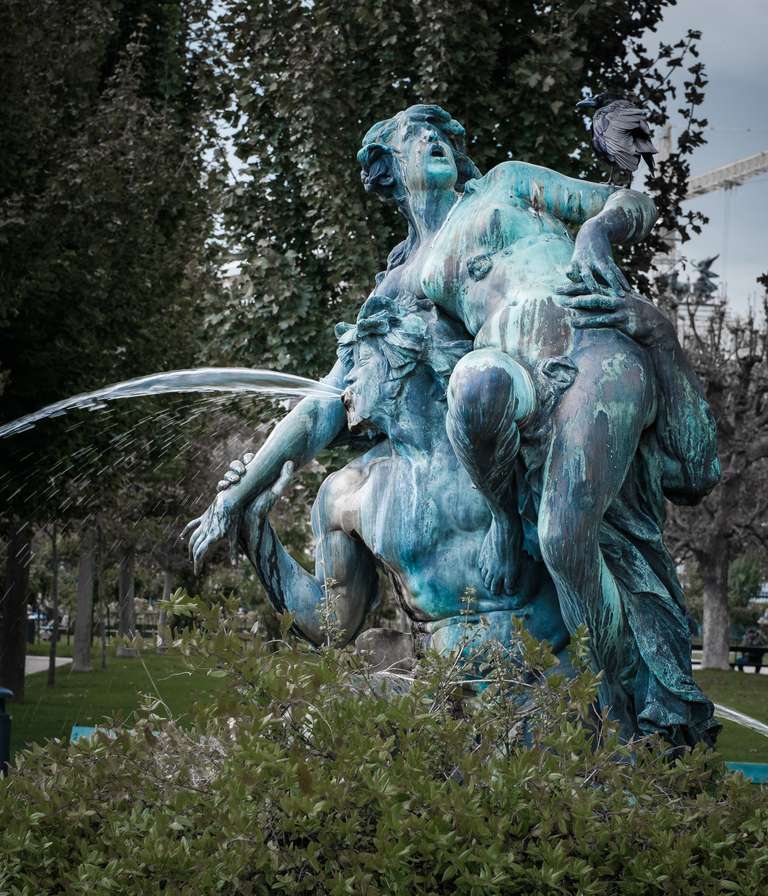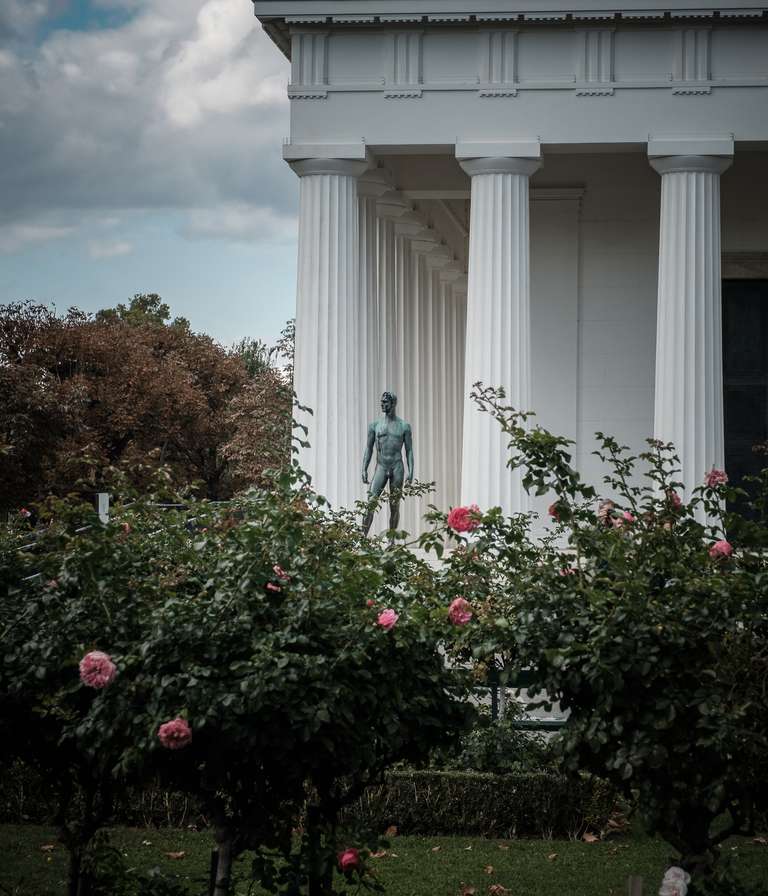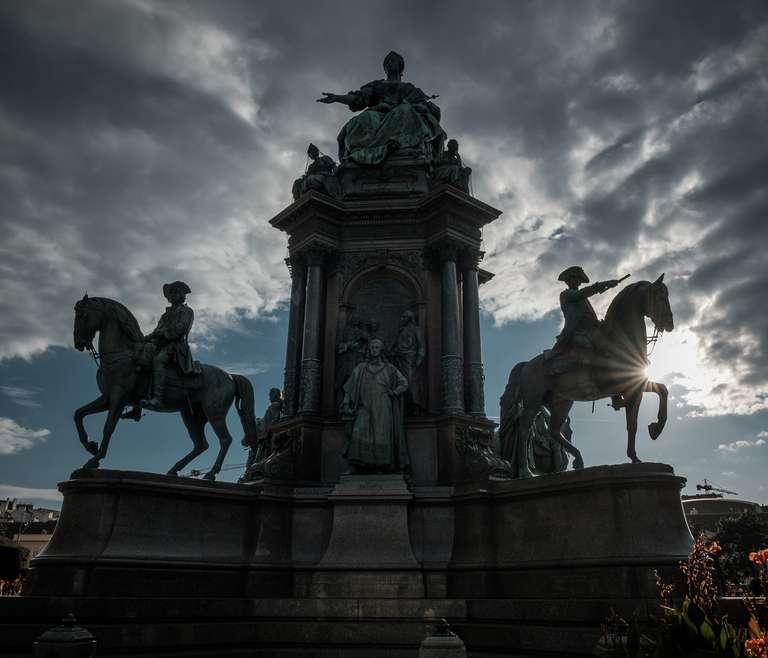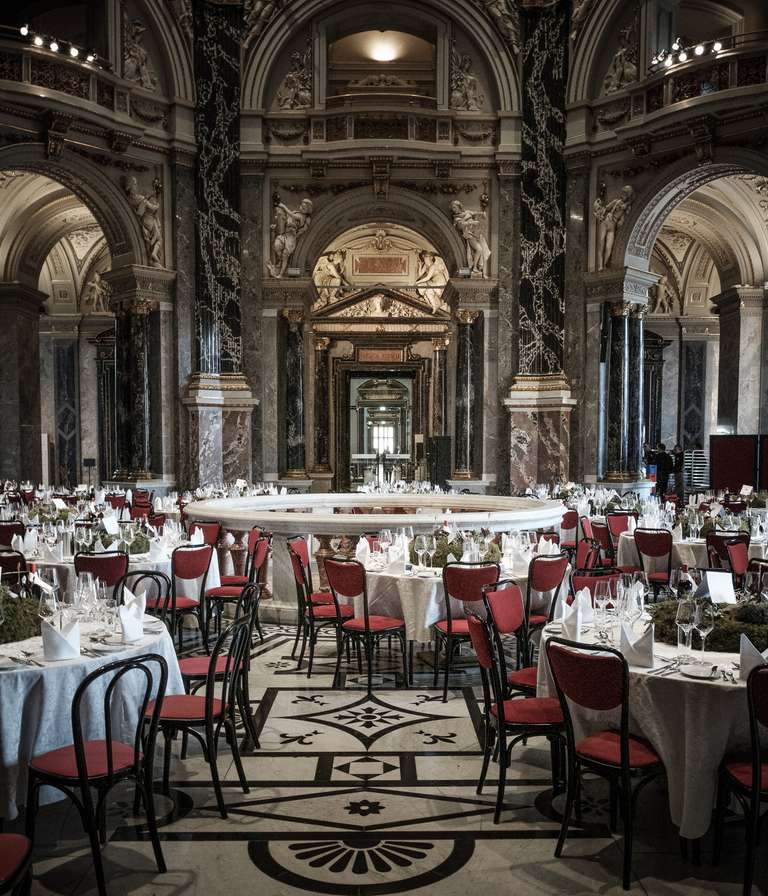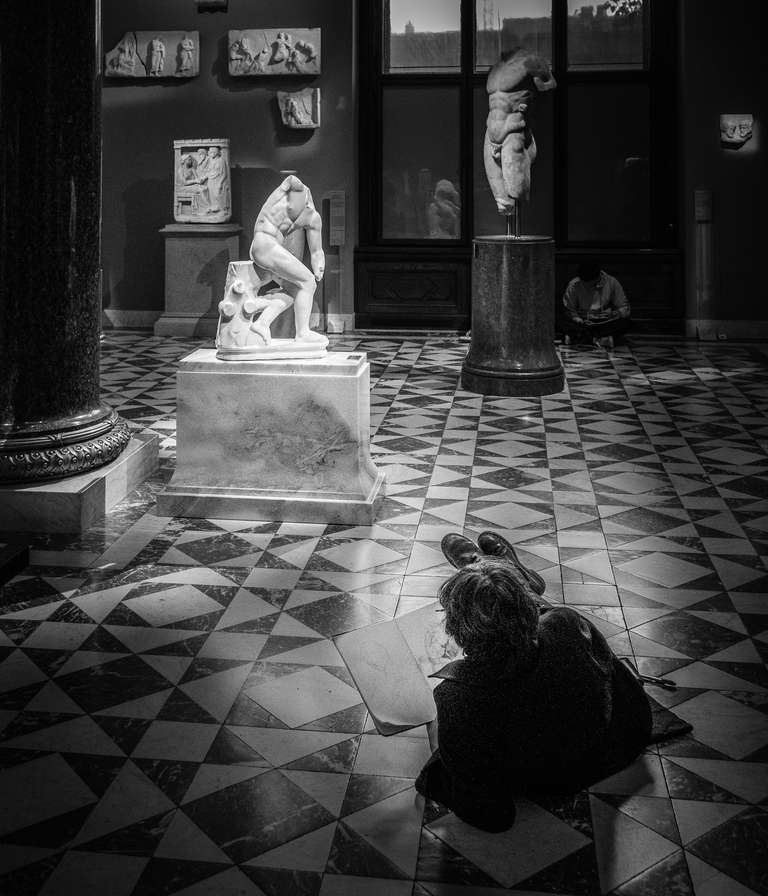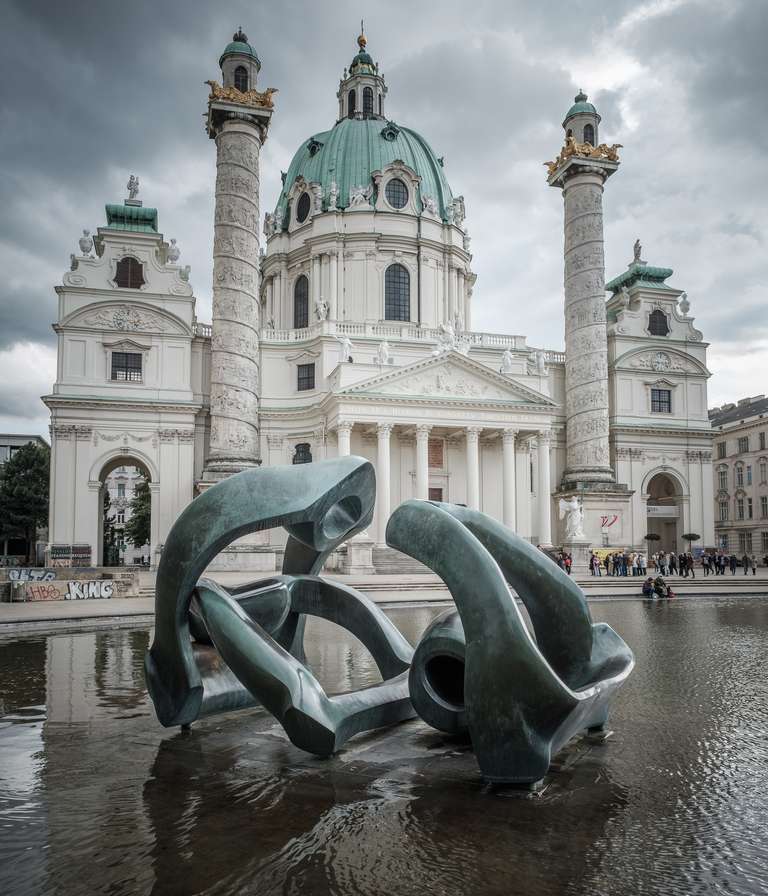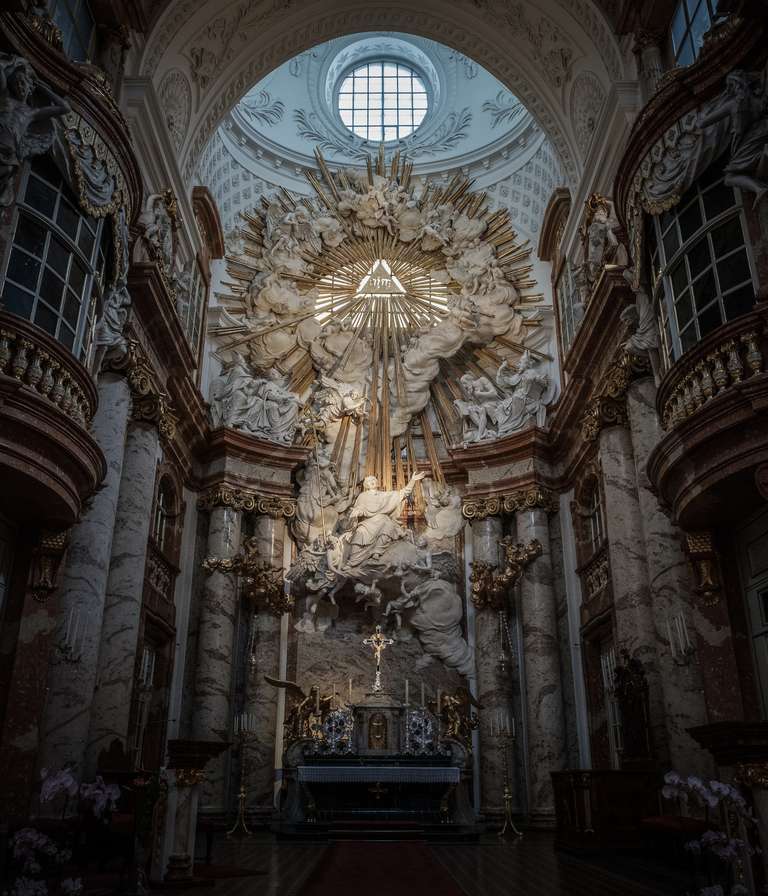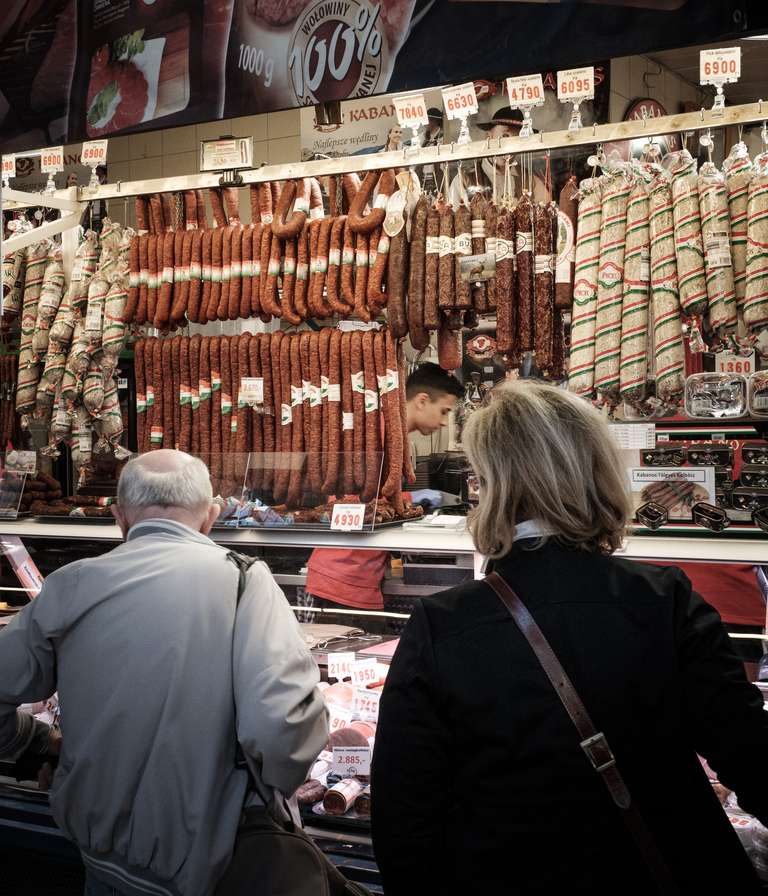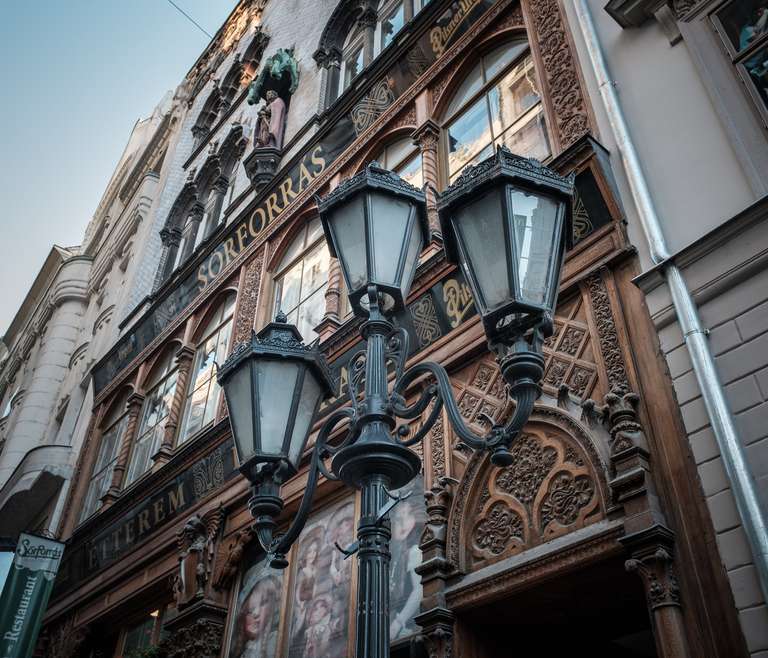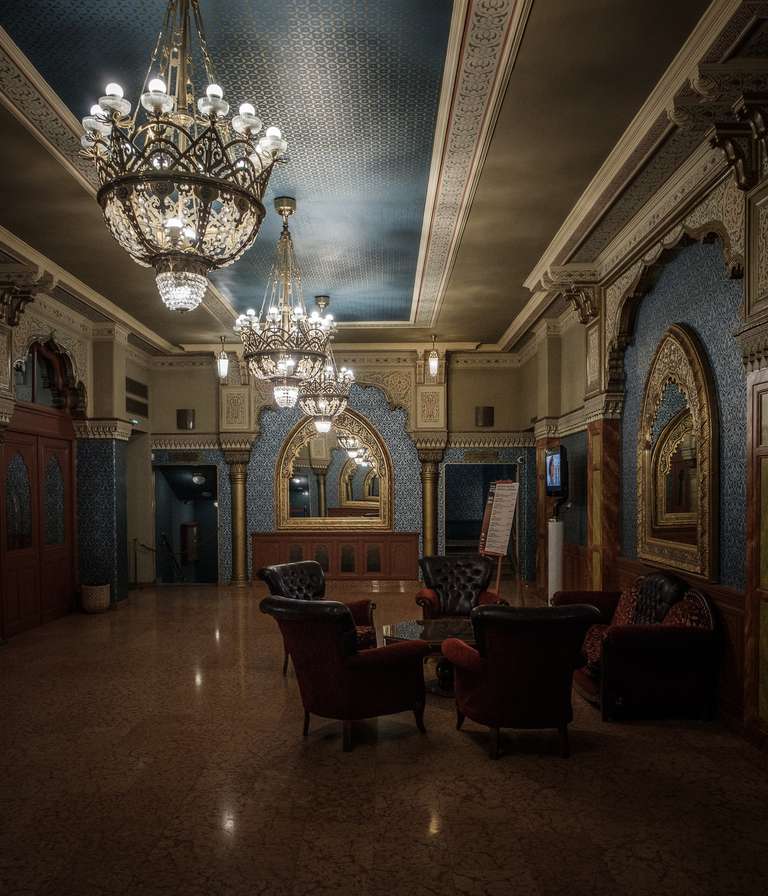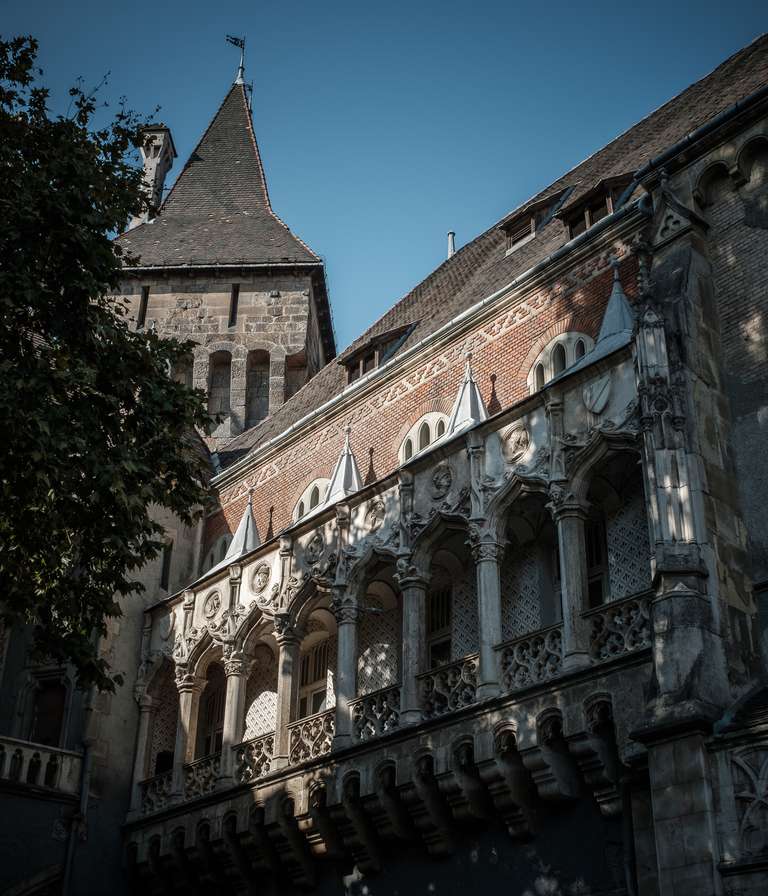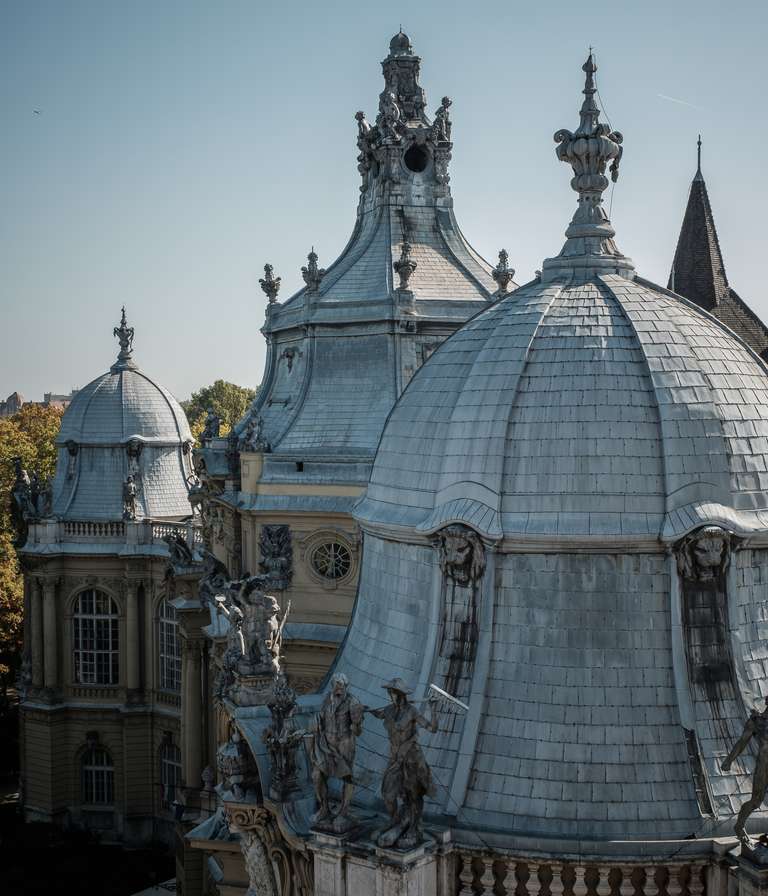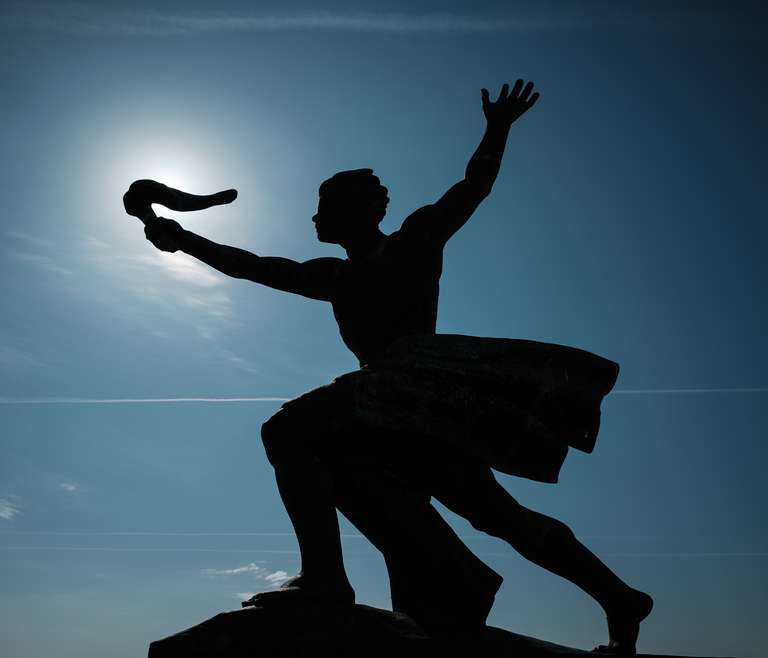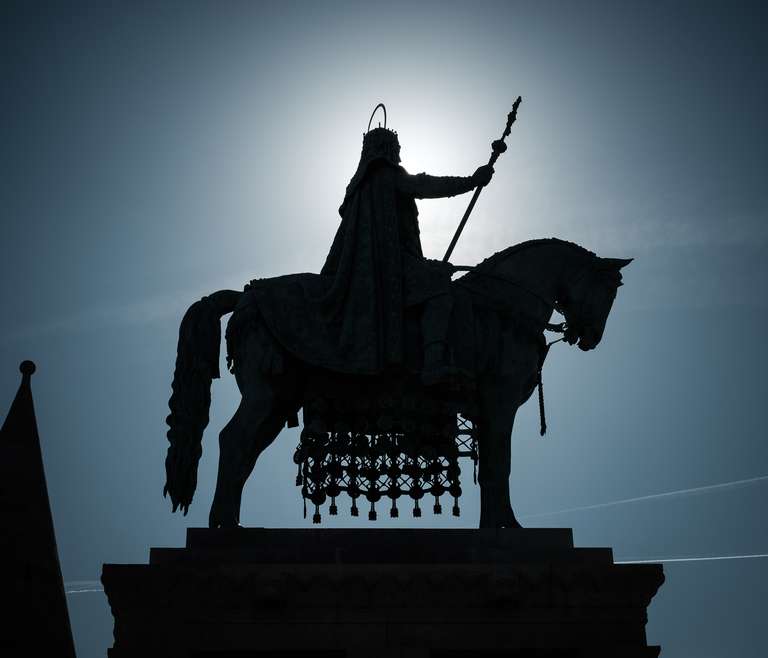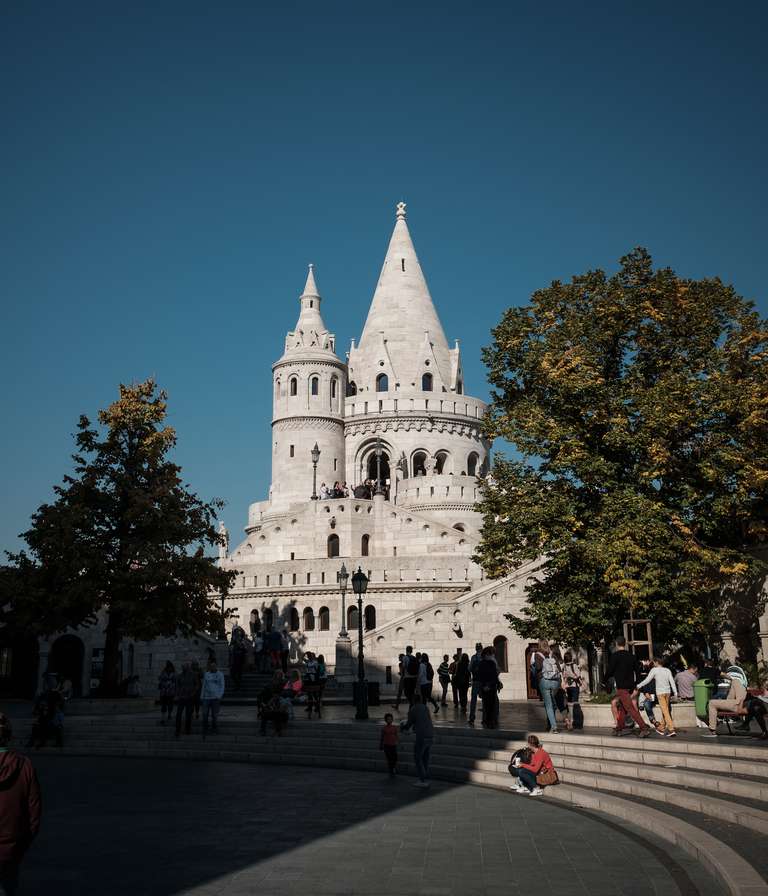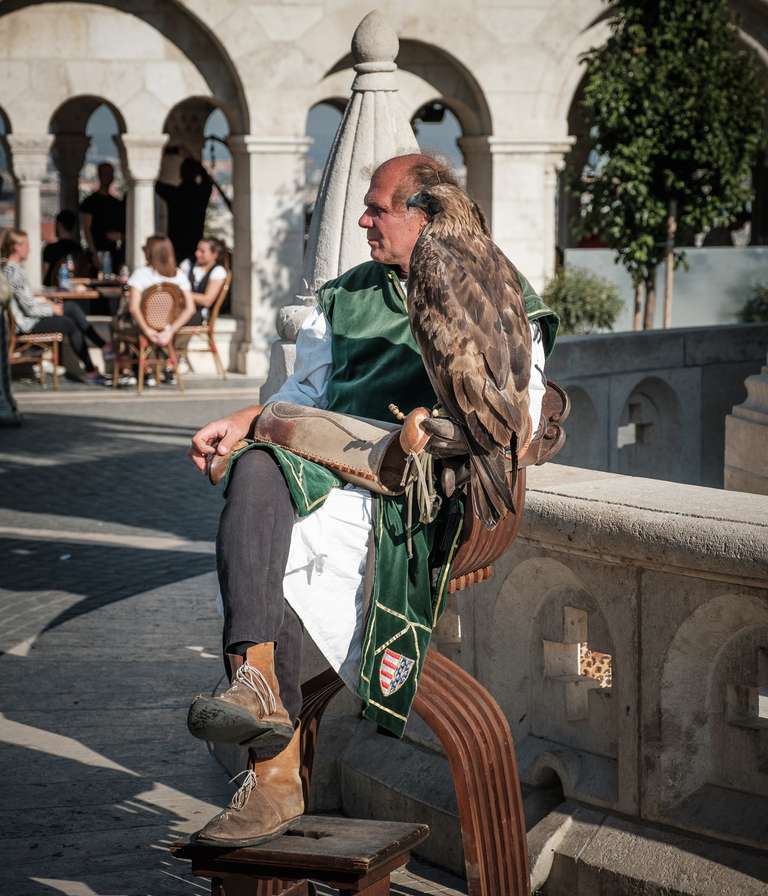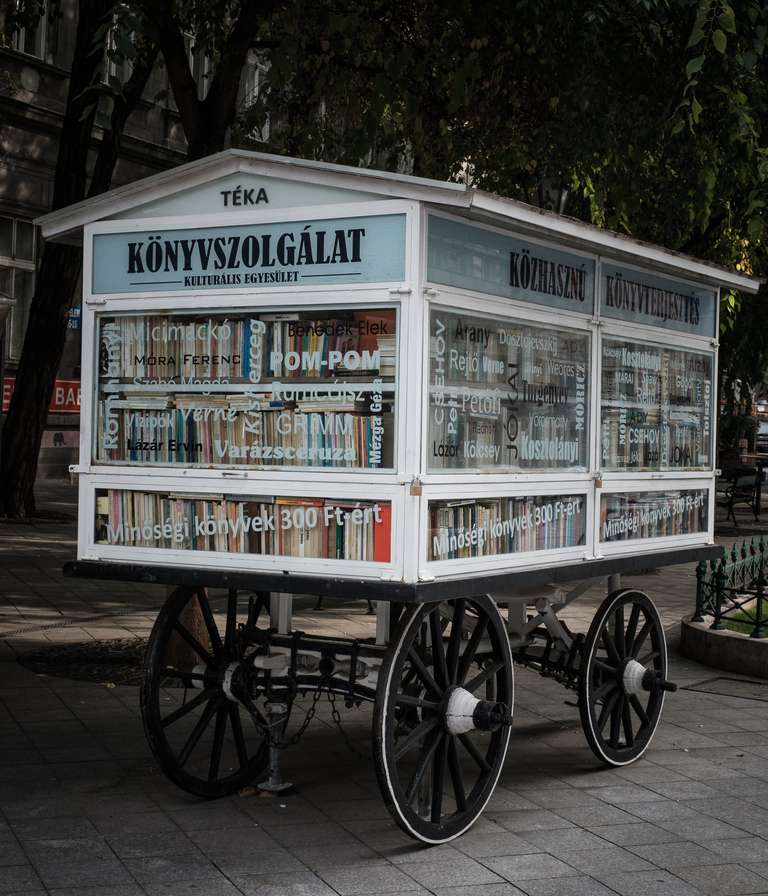Imperial Autumn (Vienna-Budapest)
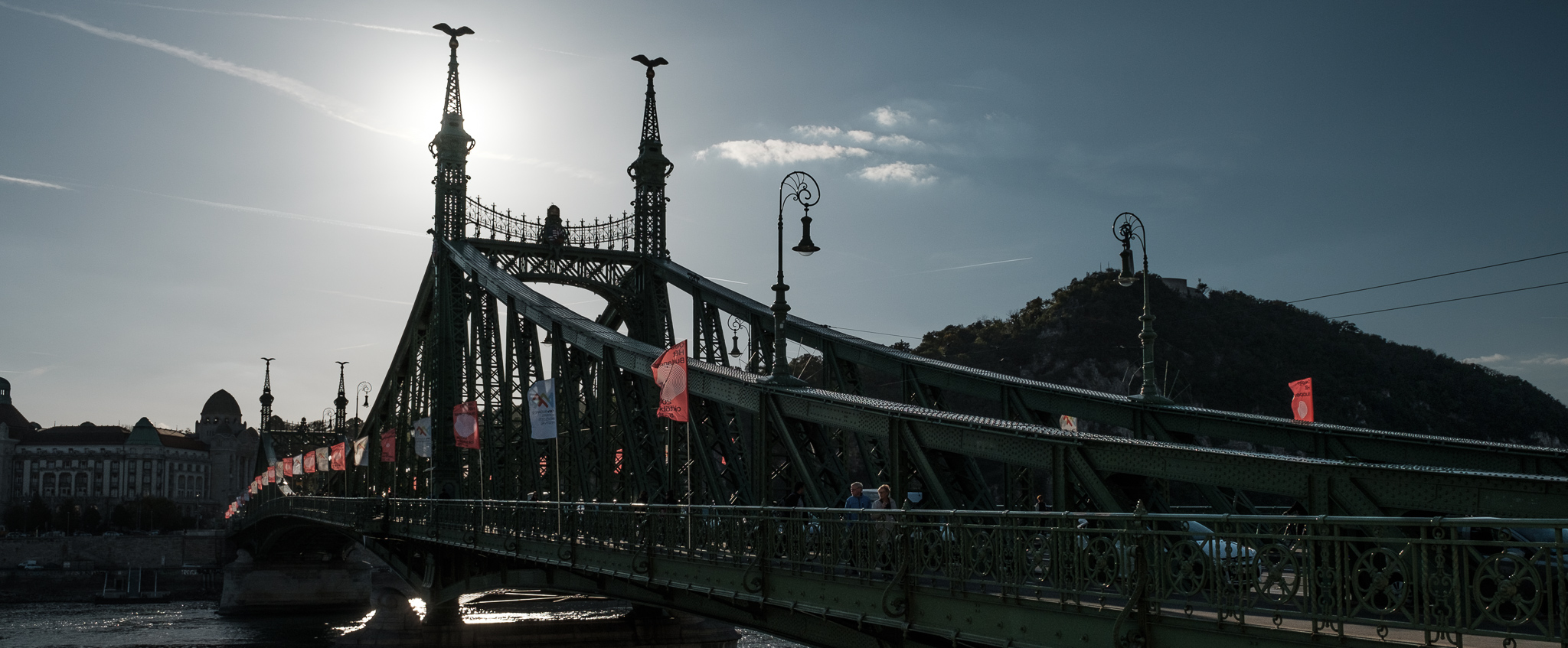
Autumn. I am back from France and traveling in the footsteps of the k.u.k. past. And will Sisi's ghost appear?
Even though it is the beginning of autumn, it is fortunately still pleasantly warm and I do most of my exploring of Vienna on foot. As this is my first extended stay in Vienna, my first stop is the main tourist attractions. The first place to go is the Leopold Museum, located in the converted Imperial Stables. There is a permanent exhibition of works by Gustav Klimt and Egon Schiele, as well as special exhibitions on the beginning of the last millennium. After stopping off at St Stephen's Cathedral, I head to the Cafe Central for apple strudel, brown coffee and live piano music.

By 19:00 at the latest, the sidewalks are closed and the city slowly becomes deserted. I wandered about and, in the darkness, took in the Vienna Hofburg, my destination for the next morning.
Freshly rested, I join the queue and drift with the flow of people through the Viennese imperial residence. First of all through the former kitchens and past the silverware, then through the imperial living rooms and finally through an extensive exhibition about the Empress Elisabeth. And there, in a special dark room, she herself stands, full size, on a pedestal and behind glass.

After these rooms, the stream of visitors draws me into an inner courtyard of the complex and then dissipates. Turning the corner, I come to the National Library of Austria, with its imposing ceremonial hall. Another destination, but one with much less visitors. Here, a very impressive collection of books is stored in a no less impressive interior.
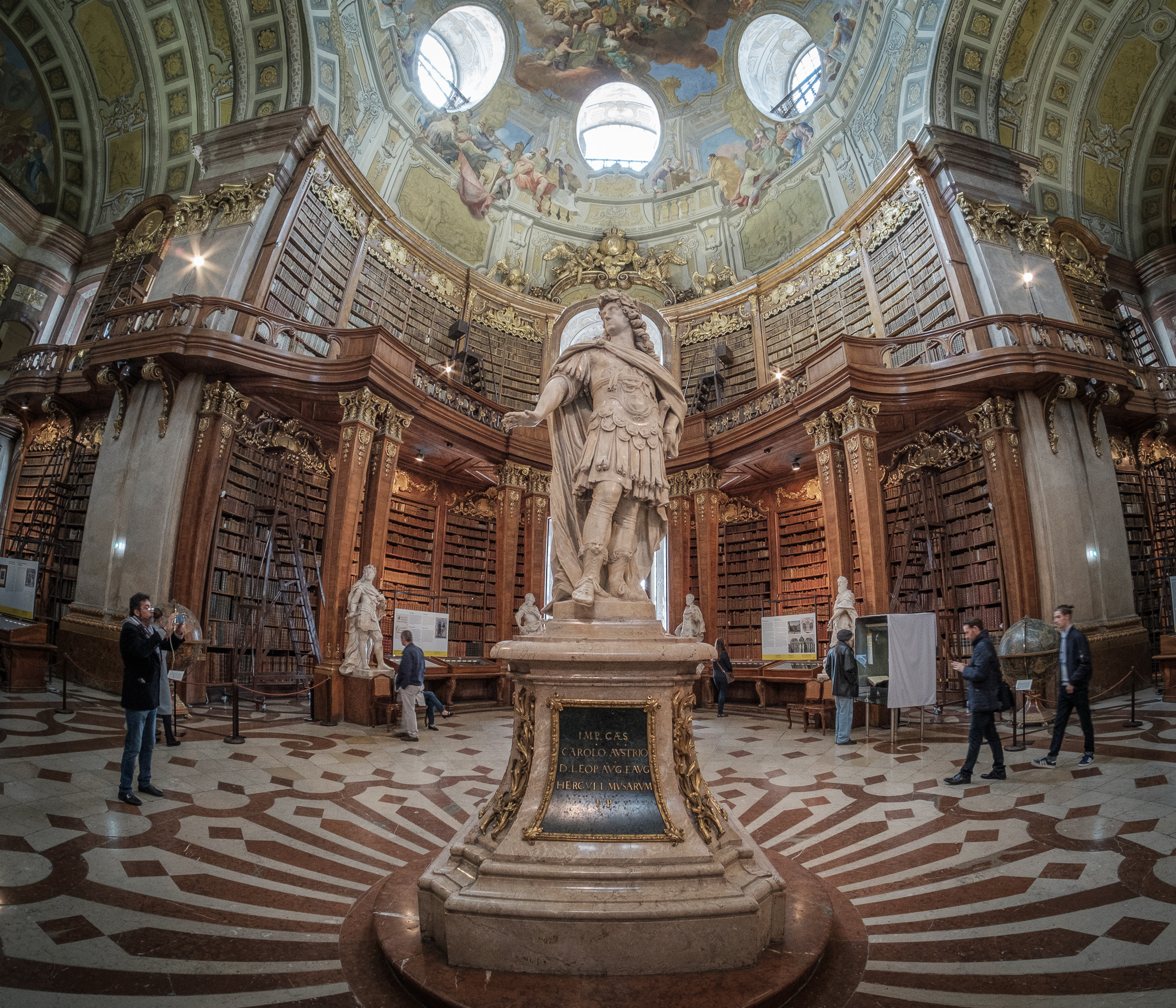
After so much museum I am hungry and now is the time for a real Wiener Schnitzel. My choice is the restaurant Figlmüller. Although a tourist attraction, it is one of the city's schnitzel hotspots and very tasty.
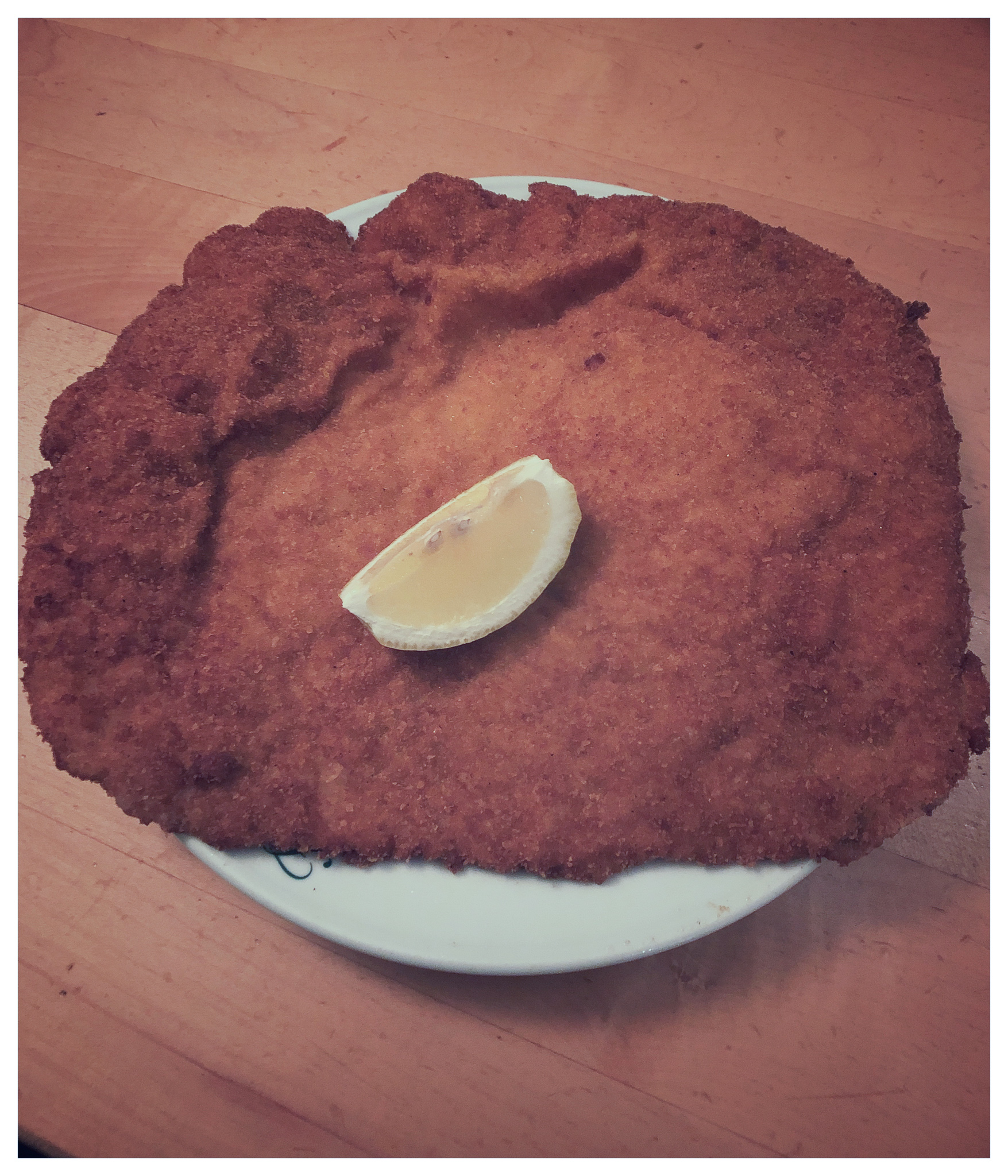
Fresh and invigorated, the sunny autumn weather invites me to take a walk through the extensive city parks of Burggarten, Heldenplatz and Volksgarten. The area offers a relaxed atmosphere in the middle of the city centre, as well as dramatic monuments to personalities in Austrian history.

A short walk across the Ring and I am at the Kunsthistorisches Museum. I visit the building just before the gate closes and am very impressed by the architecture and especially by the depth of the entrance hall.

On the last day in Vienna, sun and rain alternate. I spend the morning with indoor activities at the Albertina and the Art Nouveau building of the Vienna Secession.

Lunch is quickly served at a sausage stand and then I relax at the famous Cafe Gerstener with a no less famous Viennese chocolate cake.

To work off the calories, my explorations continue on foot, taking me to the Church of St. Charles and the Bellevedere Castle to end the day.

The next day I travel on and take the morning train to Budapest.
The journey takes about 2.5 hours and I arrive in Budapest around midday. After check-in at the hotel, I have time for a walk around the city centre along the banks of the Danube.

The next morning I take the metro to the area of the City Park and first have a look at the Heroes' Square with its gigantic Millennium Monument. Further into the City Woods I visit Vajdahunyad Castle. It is an artificial complex of buildings built at the end of the nineteenth century to celebrate the millennium of the existence of Hungary. The castle is made up of buildings in all the architectural styles that had been present in Hungary up to that time. I think that everything here is very impressive at first glance.
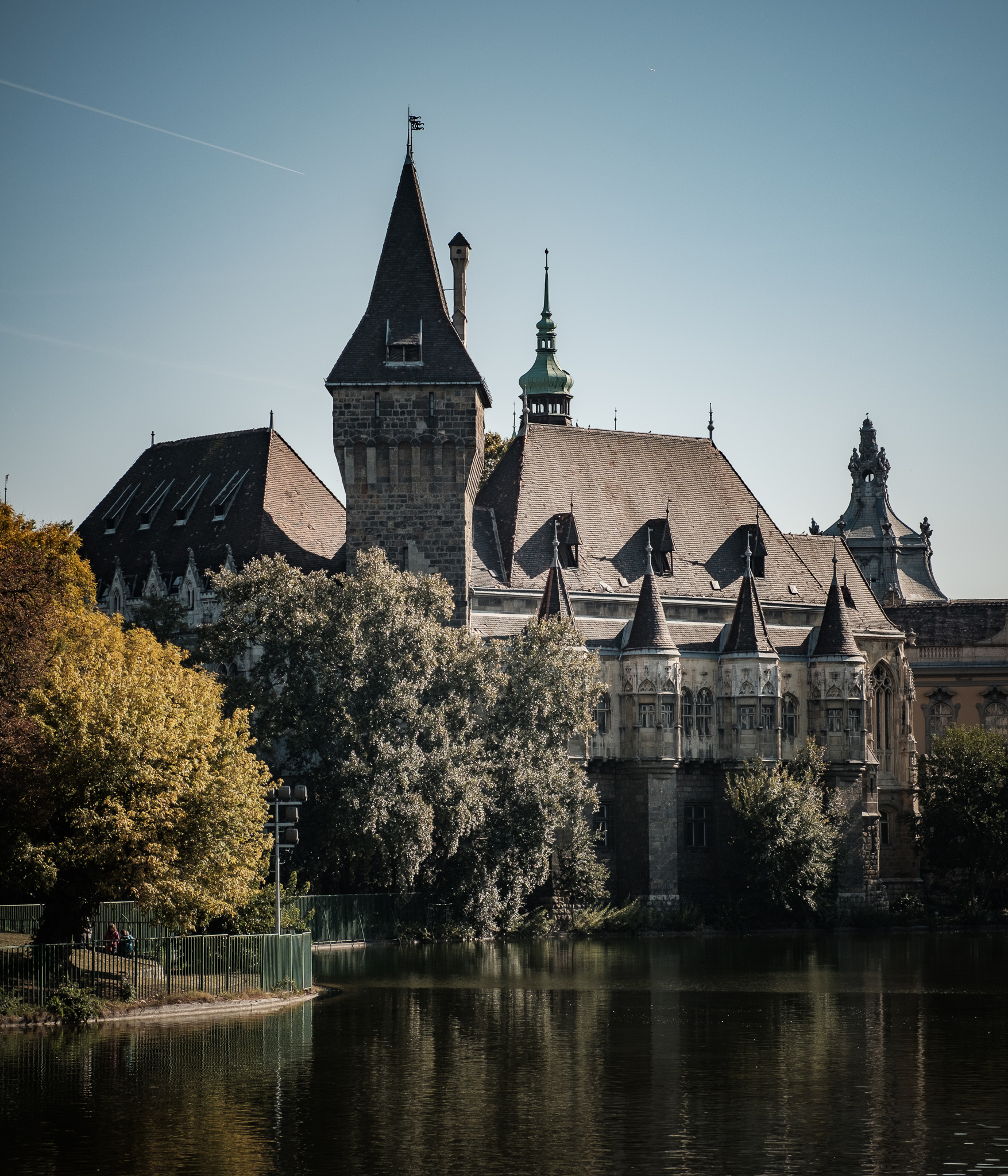
After a small picnic in the city forest, I walk down the magnificent Andrassy Street to the Danube and up the other side to Buda Castle, where there is a large Frida Kahlo exhibition
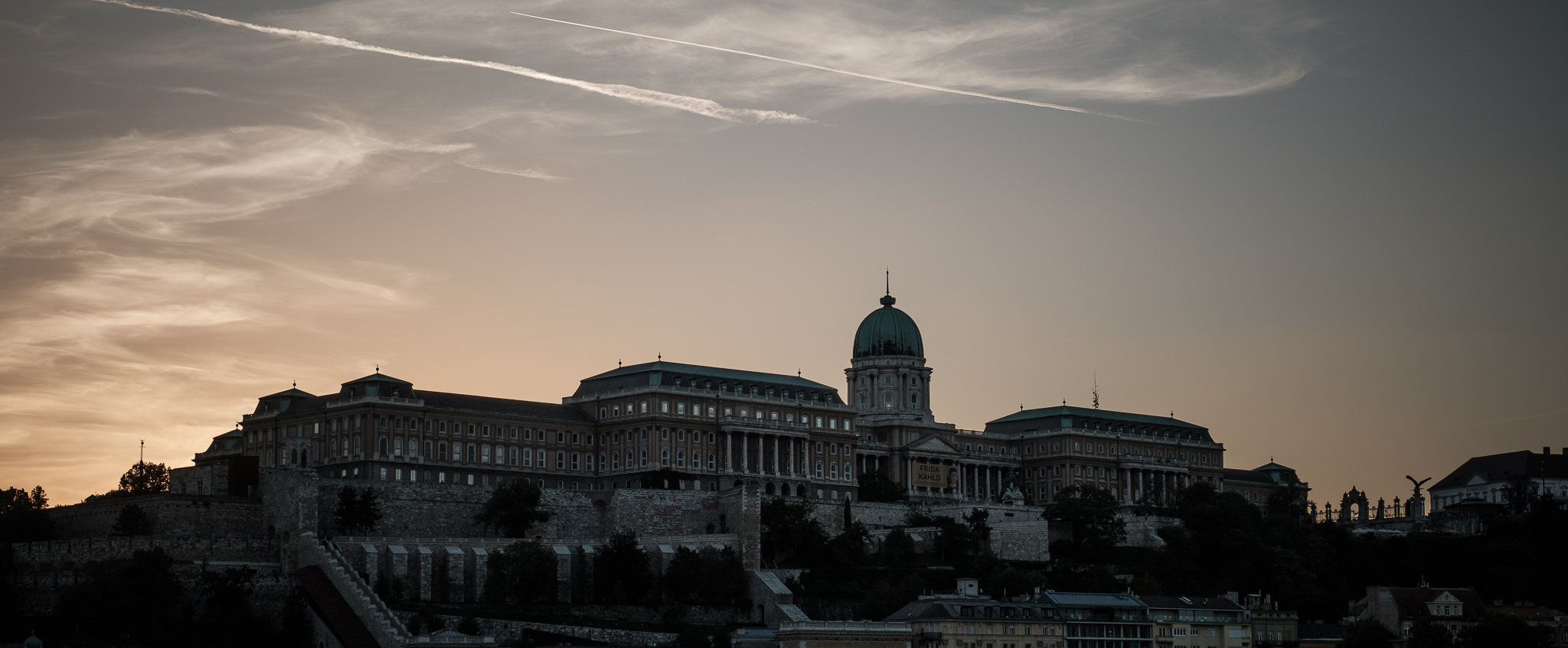
From the castle I have a fantastic view of the Pest side and how it glows in the evening light. And so the day comes to end as well.
The next day starts with a breakfast in the market hall and then leads over the Freedom Bridge back to the Buda side and up the Gellért Hill to the Freedom Monument. The walk continues along the banks of the Danube and up the hill again to the Fishermen's Bastion. From here I could see the Parliament building in all its glory.

I head back down the hill and across the Danube through the old town of Buda. Not far from the Parliament, I am surprised to see metal shoes on the banks of the Danube.

With their simple poignancy, they commemorate the Jewish victims of the Second World War and bring the day to a thoughtful close.
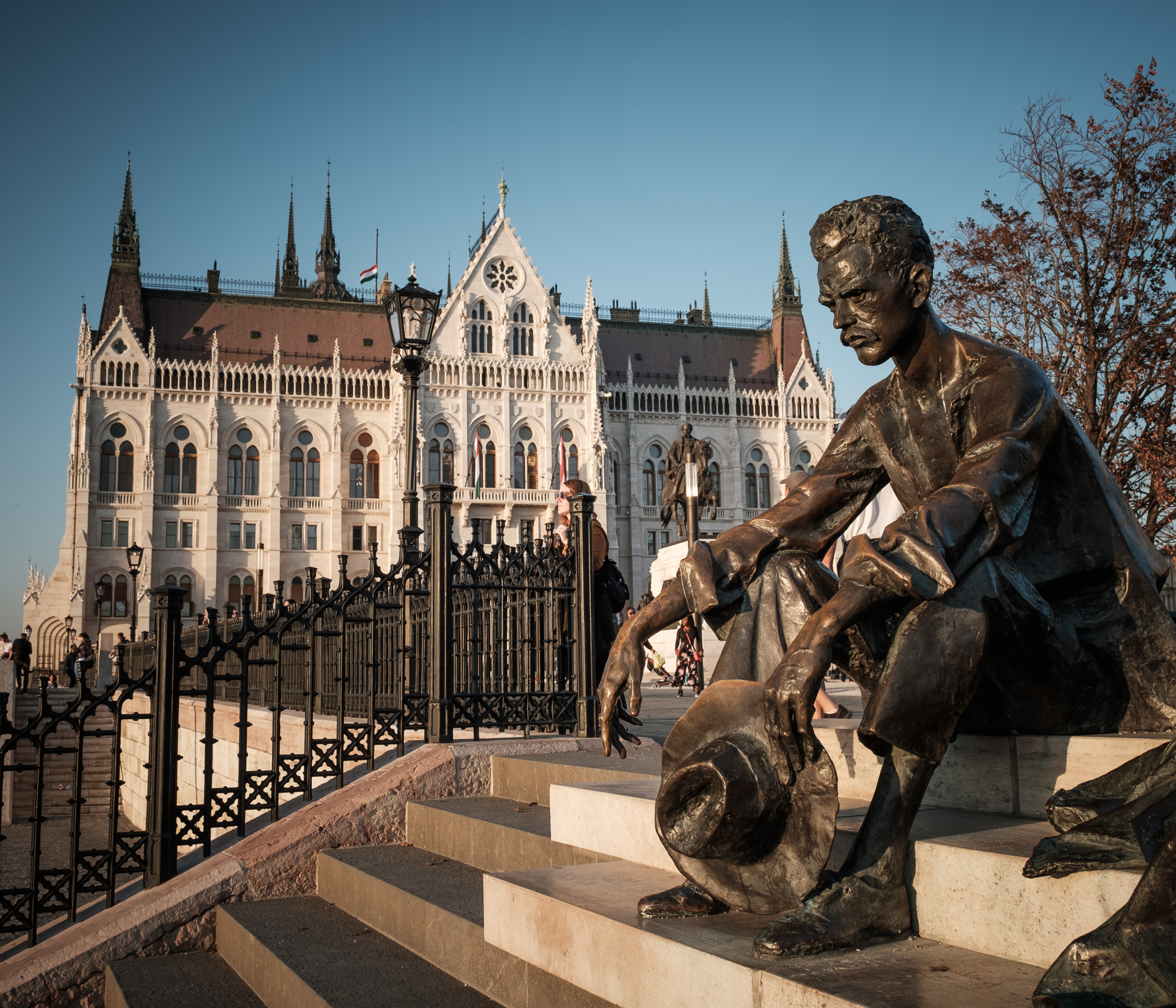
On the last day, my return flight is in the evening. I use the day to visit the Palais district and enjoy the city centre and the architecture on the way to Freiheitsplatz.

Cheers, Thomas

